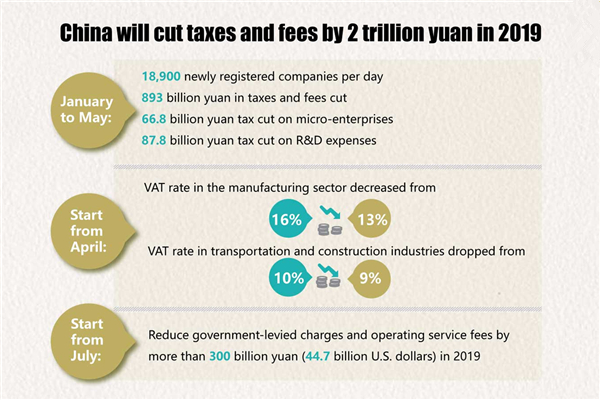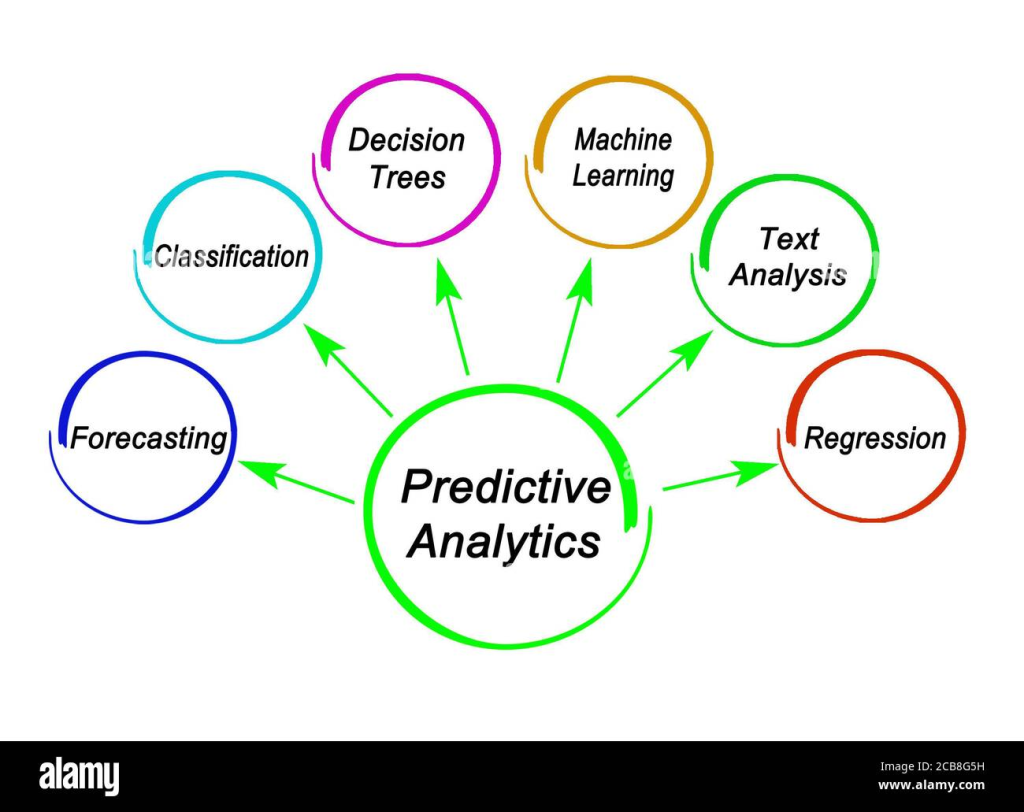Experienced workers are becoming an increasingly vital asset in today’s dynamic job market, especially as companies begin to recognize the advantages that come with hiring those over 55. The over-55 workforce represents a significant portion of the talent pool, contributing not just their years of wisdom but also a wealth of experience and built-in soft skills that are essential in any organizational culture. This demographic is often overlooked in favor of the younger generation, like Gen Z, yet they offer unique benefits, such as higher retention rates and improved productivity. Employing older workers can foster age diversity in the workplace, which enriches team dynamics and drives innovation. By integrating these seasoned professionals, organizations can secure a competitive edge, especially as demographic shifts lead to a growing number of silver workers who continue to enhance their value beyond traditional retirement age.
Senior professionals, often referred to as mature employees or older adults in the workforce, bring invaluable contributions that can significantly influence a company’s success. With the aging population continuing to join the workforce, the importance of age diversity in the workplace has never been clearer. The silver workforce not only possesses practical knowledge but also showcases enhanced problem-solving abilities that can bridge the gap between different generations of employees. Organizations that embrace these knowledgeable individuals, often referred to as seasoned workers, stand to gain from their commitment, reliability, and the distinct benefits associated with retaining older employees. By recognizing the valuable role that these experienced workers play, businesses can create a more inclusive environment that thrives on diverse perspectives.
The Value of Experienced Workers in Today’s Workforce
In the current labor market, experienced workers over 55 represent an untapped reservoir of talent that many companies overlook. These mature employees bring a wealth of knowledge and skills that can significantly enhance team performance and organizational culture. Their ability to navigate complex problems and foster strong interpersonal relationships is invaluable, particularly in environments where collaboration is key to innovation. Moreover, companies can benefit from the stability and reliability that older workers often exhibit, resulting in lower turnover rates and reduced hiring costs.
Moreover, as younger generations often prioritize flexibility and career development, older workers tend to provide mentorship and guidance to their younger counterparts, fostering an environment of growth and learning. Experienced workers not only possess critical soft skills such as active listening, empathy, and effective communication, but also bring a sense of loyalty and commitment to the workplace that can aid in driving business objectives forward.
Frequently Asked Questions
What are the benefits of employing older workers in the workplace?
Employing older workers, particularly from the over 55 workforce, brings numerous advantages, including superior retention rates, a wealth of expertise, and advanced soft skills that are essential in today’s job market. These silver workers often exhibit a strong work ethic, take less leave, and are less likely to job hop, making them a cost-effective asset for organizations.
How can companies support older employees in the workforce?
Companies can support older employees by implementing targeted health, financial literacy, and social support programs that address their unique challenges. Adopting flexible practices, improving recruitment strategies, and ensuring ergonomic workplace adjustments are crucial steps in retaining experienced workers.
What challenges do experienced workers face in the job market?
Experienced workers, particularly those over 55, often face significant challenges in the job market, including longer job search times—about 20 months compared to 9 months for younger workers. Additionally, they may receive fewer training opportunities and support for health-related issues, such as menopause, which can further hinder their employability.
Why is age diversity important in the workplace?
Age diversity in the workplace fosters a blend of perspectives and ideas, enhancing creativity and problem-solving capabilities. Experienced workers contribute critical soft skills and knowledge that complement the innovative approaches of younger employees, promoting a more dynamic and effective team environment.
What is the impact of training on older workers?
Training is vital for older workers to keep their skills relevant and engage effectively with younger colleagues. However, research indicates that silver workers often receive less training than their younger peers, limiting their growth opportunities and complicating their transition into roles that require new technological competencies.
How can organizations retain older workers in a competitive labor market?
Organizations can retain older workers by creating inclusive policies that value their contributions. This includes facilitating gradual transitions to part-time or freelance roles, offering flexible work arrangements, and emphasizing skills-based recruitment that recognizes experience over age.
What role do silver workers play in enhancing customer relations?
Silver workers bring invaluable interpersonal skills, such as communication and conflict resolution, which significantly enhance customer relations. Their decades of experience allow them to handle complex situations with nuanced understanding, ensuring better client interactions and customer satisfaction.
What strategies can businesses implement to improve the recruitment of older workers?
Businesses can improve the recruitment of older workers by prioritizing skills and experience instead of age-related biases, utilizing targeted advertising to reach this demographic, and highlighting workplace attributes that align with older employees’ preferences, such as autonomy and the opportunity for interesting work.
How does the over 55 workforce affect the bottom line of businesses?
The over 55 workforce positively impacts the bottom line through their high retention rates, lower absenteeism, and exceptional soft skills that drive productivity and engagement. By investing in this demographic, businesses can secure a competitive advantage and boost overall performance.
What misconceptions exist about older employees in the workforce?
A common misconception is that older employees are nearing retirement and do not contribute significantly to the workplace. In reality, the over 55 workforce is growing and can offer extensive experience, superior work ethics, and invaluable mentorship opportunities for younger colleagues.
| Key Point | Detail |
|---|---|
| Demographic Growth | The participation of workers over 55 in Australia has doubled from 6.1% to 15% from 2011 to 2021. |
| Value of Experience | Older workers possess advanced soft skills and decades of expertise, making them invaluable as more workforce growth comes from this age group. |
| Skills and Ethics | These workers showcase greater technical expertise and robust work ethics, leading to higher retention and lower job turnover. |
| Support Gaps | Mature workers face significant barriers, requiring longer time to secure employment, often lacking in training and support. |
| Inclusion Strategies | Organizations should implement targeted recruitment practices, flexible work arrangements, and mentorship programs to better engage older workers. |
Summary
Experienced workers represent a critical asset for companies looking to enhance their workforce. Embracing the potential of workers over 55 is not just a moral imperative but a strategic advantage. As the labor landscape is evolving, organizations that proactively adapt their practices to include this demographic will not only foster a more diverse and stable work environment but also harness the wealth of experience and expertise that seasoned professionals bring. Ignoring this talent pool may lead to missed opportunities in an increasingly competitive market.



